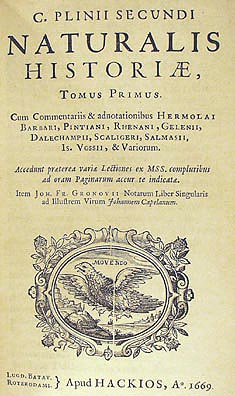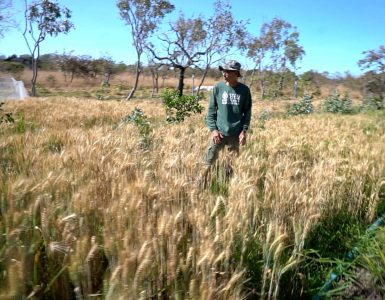Hedgerows were a common element of any rural area before world war II and the popularity of barbed wire. An ancient practice lost with modern times at a high cost. We not only lose knowledge of hedgerow laying and management but also their multi-purpose benefits. Their disappearance contributes in many ways to ecosystem degradation.
Hedgerows were also our last connection to a domestic-forestry system. Many of them had several species in stratified designs. Each plant filling a gap in space and in time. We can just wonder how many pruning techniques and plants combination they knew about, consortia for forage, fruits, windbreaks and so on. As they were cut down to give space to modern industrial farming, we also lost our memory.
Ernst Götsch frequently recalls him witnessing the disappearance of hedgerows in Switzerland during his childhood, as a result of the post-war Marshall Plan to rebuild Europe (read more on Ernst’s text on Perennials). Together with hedgerows, numerous varieties of traditional apples and pears also vanished. You can read more here.
After you watch the video below, some of you might think we added too many species in our experiment. To be honest, I wish we had more. We still want to include grapes in that design. Nonetheless, the common sense perception that we might have overcrowded our tree lines exposes our lack of intimacy with forest management. To remind us how it looked like, we quote Pliny, the Elder, an ancient Roman author who lived in the first century. He described an area in northern Tunisia.
“At the shade of a proud palm tree an olive tree sprouts, and under the olive tree, the fig and the pomegranate, and under that the grape. Under the grape the wheat, and then the leguminous. At last, the leafy greens. All that in the same year, and each one of them being fed at the shade of the other.” Pliny, the Elder (23 – 79 AD)







